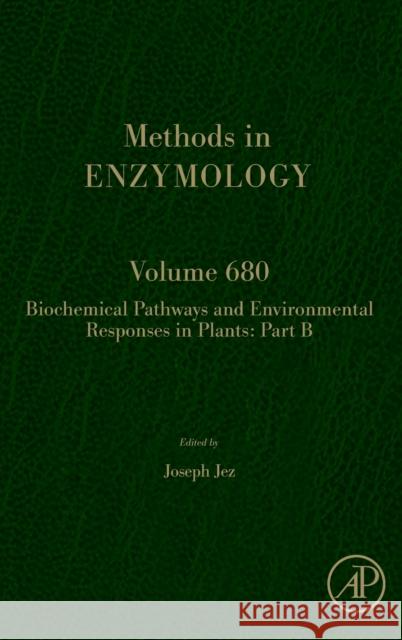Biochemical Pathways and Environmental Responses in Plants: Part B: Volume 680 » książka
topmenu
Biochemical Pathways and Environmental Responses in Plants: Part B: Volume 680
ISBN-13: 9780443185847 / Angielski / Twarda / 2023 / 412 str.
Kategorie:
Kategorie BISAC:
Wydawca:
Elsevier Science Publishing Co Inc
Seria wydawnicza:
Język:
Angielski
ISBN-13:
9780443185847
Rok wydania:
2023
Ilość stron:
412
Wymiary:
22.9 x 15.2
Oprawa:
Twarda











